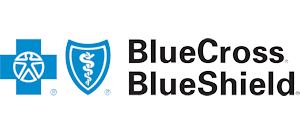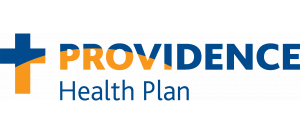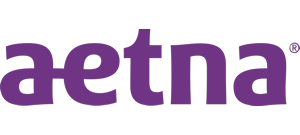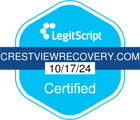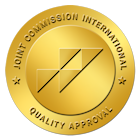When people begin recovery for any drug, they first have to undergo withdrawal. With each drug, there’s a different timeline, or length of time, that it takes for withdrawal symptoms to subside. It’s important to note that Vicodin is one of the most abused prescription drugs on the market. Because of that, it’s essential for people to know the Vicodin withdrawal timeline.
Need to know more about Vicodin withdrawal symptoms? Call us today at 866.262.0531.
What Is Vicodin?
While many people know the name, how many of them know what Vicodin is? It’s true that this drug is a prescription painkiller. However, what’s inside of the drug? Vicodin is a name brand that contains a combination of acetaminophen and hydrocodone.
Acetaminophen is an over-the-counter painkiller. People can buy it in nearly any store that they walk into. Hydrocodone, on the other hand, is an opioid that requires a doctor’s prescription. The drug itself is highly addictive and among the most-abused drugs in America.
Vicodin Addiction by the Numbers
According to the National Institute on Drug Abuse, about 15.5 million Americans misused Vicodin in 2018. This figure accounts for 1% of the population aged 12 and above. It is estimated that nearly 3 million people misuse prescription opioids each month, with an increasing number of young adults being affected.
In 2017, 885,000 people met the criteria for Vicodin abuse disorder, a condition that can lead to addiction. In 2018, it was estimated that between 26.4 and 36 million people misuse opioids worldwide. Furthermore, research shows that an average of 115 people die every day in the United States due to opioid-related overdose deaths.
A 2019 study reported that opioid-related overdose death rates in the United States are about four times higher than any other developed country. The study also showed that between 1999 and 2018, more than 450,000 people had died due to opioid-related overdoses. The same study found that an estimated 2 million Americans suffered from a substance use disorder related to prescription opioids in 2018. This is an alarming figure, as prescription opioids are one of the most commonly misused drugs in the United States.
Furthermore, opioid use is associated with a wide range of health risks, including addiction, overdose and death. It is imperative that individuals understand the risks associated with Vicodin misuse and addiction so that they can make informed decisions about their own health.
What Causes Withdrawal?
Withdrawal is the outcome that people face after they develop a physical dependence on a drug. Because of this dependence, they compulsively use the drug. Over time, the body feels like it needs the medication to function normally. When it doesn’t have the drug, the body goes into a state of shock that results in withdrawal.
Vicodin Withdrawal Timeline
What’s the Vicodin withdrawal timeline? When can people expect the symptoms to start? In most cases, the side effects begin a couple of hours after taking the last dose. Since the half-life for Vicodin is about four hours, the drug can leave their system in about eight hours.
Although the drug leaves their system, withdrawal isn’t over. In fact, this is only the beginning of the process. It typically takes seven to 10 days to get through Vicodin withdrawal. Usually, the symptoms reach a peak at around the 48- to 72-hour mark.
After ten days, people might still have some mild withdrawal effects. However, the symptoms are nowhere near as severe as what they feel during the first ten days. In some cases, people have mild effects such as headaches and body aches for weeks.
Withdrawal Symptoms
What Vicodin withdrawal symptoms can people expect? In truth, withdrawal differs for everyone. Even the intensity of the side effects varies depending on how long they abuse Vicodin. With that said, some of the most common withdrawal symptoms include:
- Fever
- Chills
- Sweating
- Vomiting
- Headache
- Insomnia
Don’t Deal With Vicodin Addiction Alone
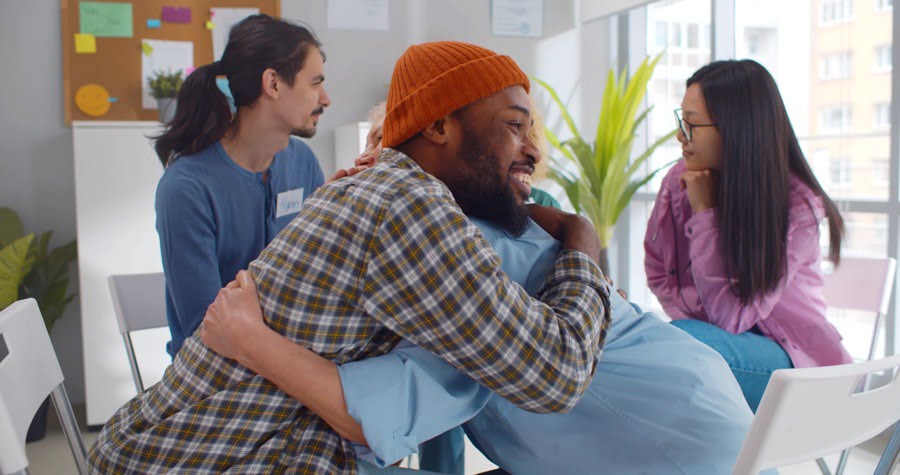 At Crestview Recovery, we work hard to help you overcome addiction. After completing your Vicodin withdrawal timeline, it’s important to get professional rehab. Without rehab, you’re likely to relapse. A few of the programs that we proudly offer include:
At Crestview Recovery, we work hard to help you overcome addiction. After completing your Vicodin withdrawal timeline, it’s important to get professional rehab. Without rehab, you’re likely to relapse. A few of the programs that we proudly offer include:
- Trauma therapy
- Individual therapy
- Dual diagnosis treatment
- Extended care addiction treatment
- Aftercare
- Intensive outpatient program
Learn all that you can about the Vicodin withdrawal timeline to prepare for the process. Turn to us for help with kicking your addiction to the curb. Reach out to us today at 866.262.0531 so that we can put together a custom treatment plan for you.




















